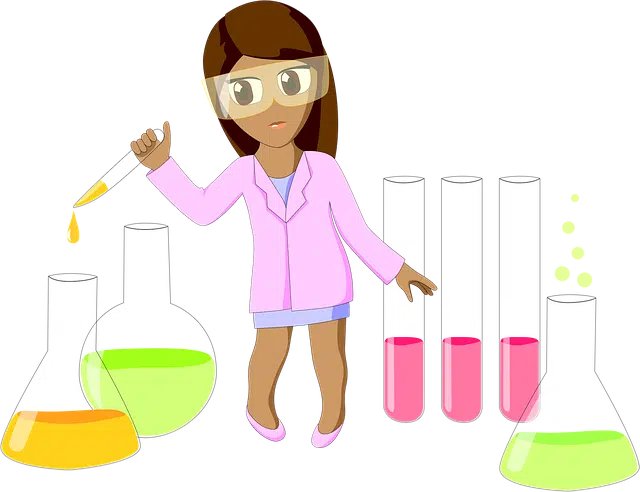
A reactant is an element that interacts with another substance in a chemical reaction.
Latin is where we can find the etymological origin of the reactive term that we are now going to proceed to study to find its meaning. It derives, specifically, from the word "reactivus", which is made up of three different parts:
-the prefix «re-«, which can be translated as «backwards».
-The noun "actum", which means "action" and which, in turn, emanates from the verb "agere", which is synonymous with "do".
-The suffix "-tive", which is used to indicate what a passive or active relationship is.
What is a reagent
Reactive is the adjective that refers to that which generates a reaction . In the specific field of chemistry , a reagent is a substance that allows the presence of a different substance to be revealed and that, through an interaction, gives rise to a new product.
Reagents, in short, are chemical elements that establish an interaction with other substances within the framework of a chemical reaction , generating a substance with different properties that is called a product .
Classification according to type
There are different classes of reagents according to their characteristics, their reactivity capacity, their use, etc. In this way, it is possible to talk about different reagents according to the context .
Specifically, we find three large groups of reagents, such as liquids, solids and preparations. However, we cannot ignore that there is also another classification that groups them into three:
-Reagents for analysis
-Very pure reagents, which have a higher degree of purity than those previously mentioned.
-Special reagents, which are identified by the fact that they have specific qualities since they will be used to carry out very specific laboratory techniques.

There are different types of reagents.
Some famous reagents
Grignard reagents , discovered by French scientist Victor Grignard , are organometallic substances that react with electrophiles. Thanks to his discovery, Grignard was awarded the Nobel Prize in Chemistry in 1912 .
Millon's reagent , on the other hand, is obtained by dissolving mercury in nitric acid. The chemical reaction allows us to discover the presence of tyrosine in a solution since, upon the appearance of this amino acid, a red spot is produced from the heating of a white clot.
Another important reagent is Fehling's reagent , which is used to determine the presence of reducing sugars (which keep the carbonyl group intact, allowing them to participate as reducers in a reaction).
How to work with these substances
The handling of reagents, as can be seen, is very important in the work of chemists. In all laboratories , in one way or another, reagents are used on a daily basis.
In order to work in a comfortable, orderly, effective and efficient manner in laboratories, it is common for the reagents used to be conveniently labeled. Thus, this label includes elements such as its name and quality, the impurities they contain, richness, density, pictograms, the formula or even its molecular weight. As for pictograms, we are referring to the drawings that indicate their level of danger: corrosive, explosive, harmful, irritating, toxic...
